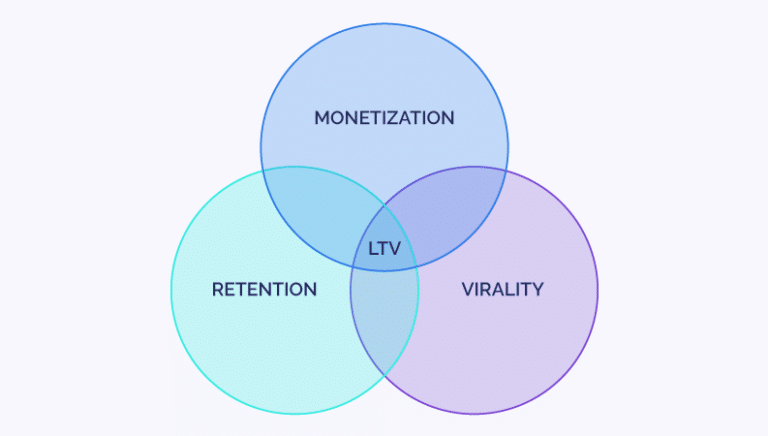What is a tracking pixel?
A tracking pixel is a javascript or image tag that is used to track an action (e.g., a click, download, etc.). It helps track site conversions, user behavior, web traffic, and other metrics similar to a cookie. Tracking pixels are usually hidden in marketing elements like call-to-action (CTA) buttons, emails, banner ads, etc.
The name ”pixel” comes from the historical practice of embedding a transparent, 1×1 image on a web page or in an email. Pixels are often used in programmatic media buying, allowing advertisers and demand-side platforms to understand what is happening on the website or mobile app. This allows advertisers to track conversions, optimize campaigns, and further segment their audiences to drive the highest return on ad spend (ROAS).
A pixel might be placed to capture a specific action within a page (e.g., clicking on a button or other CTA, or activating upon load of a “Thank You” page). The information that a pixel can pass includes, but is not limited to: specific product purchased, amount of purchase, content download, and number of times an item has been purchased.
While tracking pixels are largely a web technology, an SDK can be used to provide similar functionality within a mobile app.


























